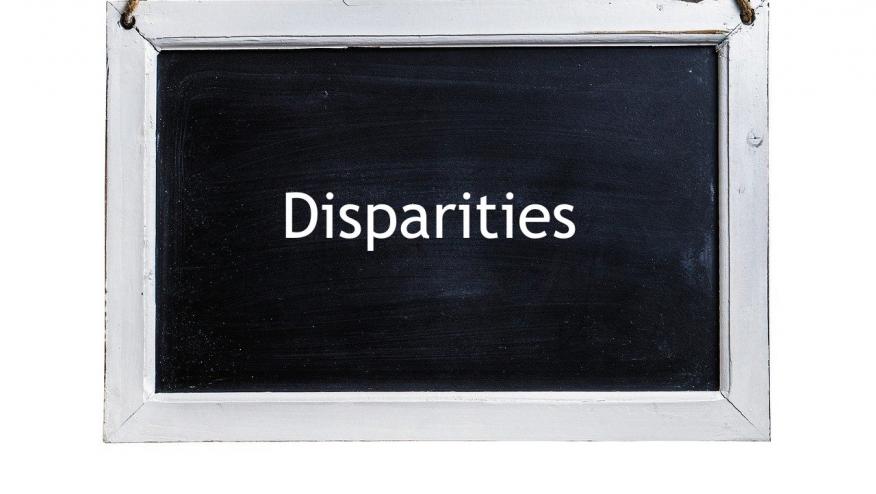Racial disparities in Bilateral Knee Arthroplasty in Osteoarthritis Save

Knee Osteoarthritis (OA) is a leading cause of chronic pain and disability in the elderly, and about a third of the patients present with bilateral symptomatic arthritis. When medical/conservative management fails, end-stage knee OA can be successfully managed via elective total knee arthroplasty (TKA). In patients with end-stage bilateral knee OA, treatment options include either a staged unilateral TKA (UTKA) procedure, with many months in between surgeries, or a simultaneous bilateral TKA (BTKA) procedure during the same anesthetic session. The choice in treatment strategy is multifactorial, including patient preference as well as hospital policies.
Although arthritis-related activity, disabling work limitations, and severe pain (which are indications for TKA) disproportionately impact African American patients compared to White patients, there are marked racial disparities documented in utilization and complications in UTKA.
BTKA initially surged in the early 2000s and still about 5% of all TKAs performed in US are BTKA. Even though literature regarding outcomes in simultaneous BTKA procedure has not consistently been favorable over the years, it remains popular in select patients due to use of a single anesthetic, shorter overall surgical time, less time lost from work, lower cost, and lower overall use of narcotics.
Abstract #1653 investigated the nationwide utilization trends and complications of bilateral total knee arthroplasty in US over a decade (2007-2012). Over the 10-year period 276,000 BTKA and 5.5 million UTKA were identified. The percentage of bilateral knee replacements declined from 5.53% in 2007-08 to 4.03% in 2015-16.
African Americans were much less likely to undergo a double knee replacement compared to white patients during the years analyzed. In-hospital complication rates varied throughout the study period, with no significant difference between African American and white patients unlike that in UTKA. All these analyses were after adjusting for patient level factors like comorbidities as well as hospital level factors like hospital volume.
There are many ways this study findings can be explained, the patient selection process may be rigorous for African Americans given the perceived risk by the healthcare system or that they are not offered this treatment choice sufficiently or African Americans may not be accepting this procedure. Health policies directed towards African American patients who have less comorbidities and are candidates for BTKA, may help appropriate utilization of these procedures and thus working minority patients will lose less time from work.
Editor's note: This article was originally published Nov. 6, 2020, during the 2020 ACR convergence meeting and is being re-shared for our readers post-meeting.










If you are a health practitioner, you may Login/Register to comment.
Due to the nature of these comment forums, only health practitioners are allowed to comment at this time.